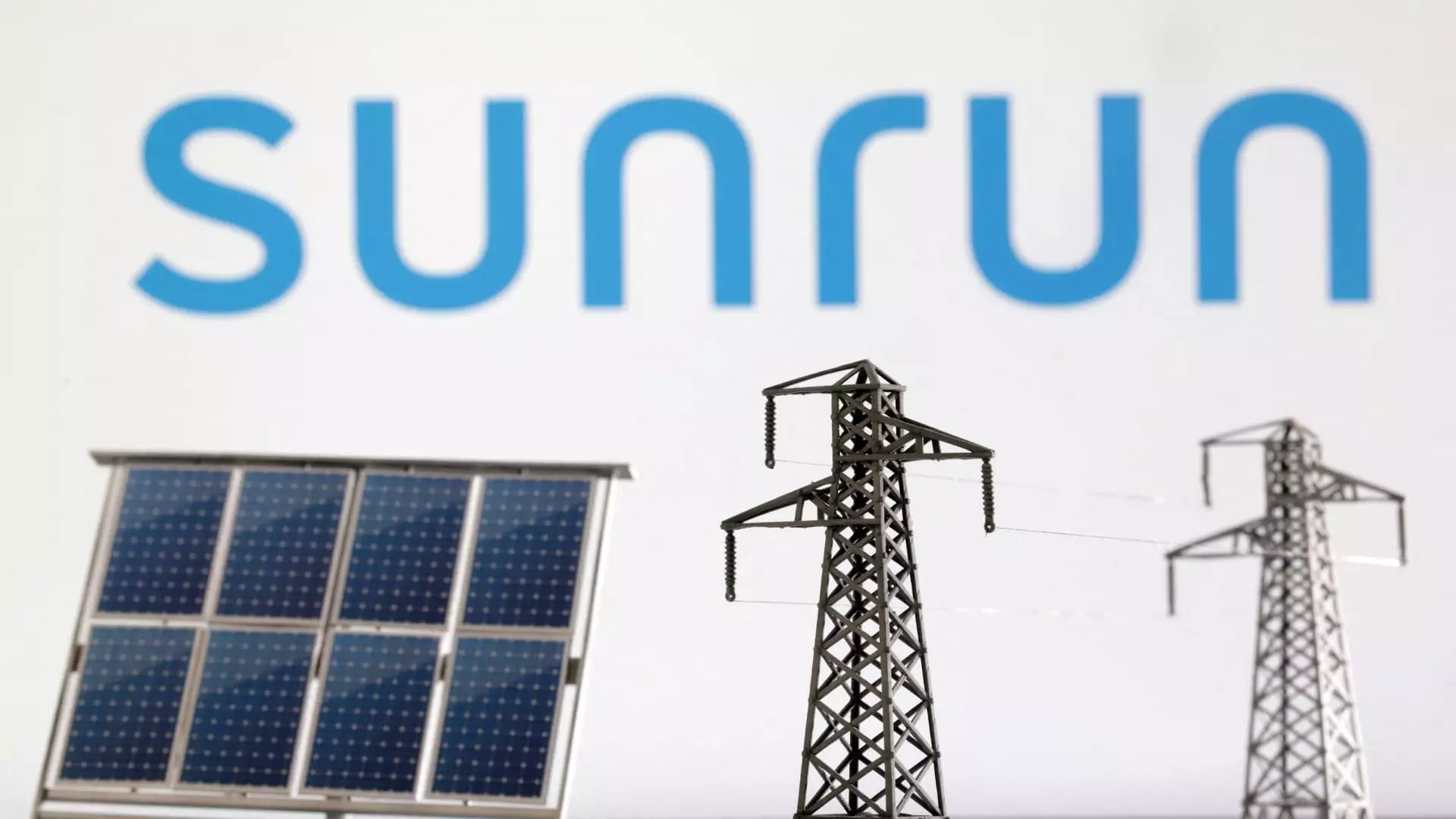In today’s financial landscape, the latest market movements seem driven more by hype and speculative fervor than by solid fundamentals. The recent surge in tech and healthcare stocks reflects a pattern of overreaction to corporate announcements that often lack sustainable growth prospects. For example, Meta’s relentless attempts at overhaul—yet another in just six months—highlight a company frantically trying to stay relevant in a rapidly evolving digital ecosystem. Rather than signaling innovation, this continuous reshuffling exposes underlying strategic instability, leaving investors vulnerable to short-lived gains that eventually fade. The immediate decline following Meta’s reported AI restructuring underscores the disconnect between sentiment and reality. It’s a classic case of buying into a narrative rather than assessing long-term value, an all-too-familiar trap that many retail investors fall into when headlines drive their decisions.
Overhyped Sector Gains: The Illusion of Crypto and Green Growth
Similarly, the recent double-digit jumps of companies like TeraWulf and Sunrun suggest a market captivated more by optimism than by concrete progress. TeraWulf’s 13% spike is based on Google’s significant investment—yet the long-term viability of Bitcoin mining and AI infrastructure remains deeply uncertain, especially amid mounting regulatory scrutiny and environmental concerns. These gains are striking, but devoid of a proportional examination of systemic risks. The enthusiasm around solar and renewable energy firms like Sunrun, buoyed by potential tax benefits and policy signals, reveals an optimistic faith that government incentives will consistently translate into real market growth. Realistically, subsidies and policy adjustments are often unpredictable, making these “green” rallys more speculative than substantive.
Market Narratives vs. Fundamental Strength
The sharp rises in companies such as Duolingo and Dayforce are driven by strategic upgrades and rumors of acquisition, respectively. Yet, these stories often obscure deeper issues. Duolingo’s 12% rally following optimistic coverage doesn’t necessarily mean the company’s financial health is improving; it reflects investor betting on marketing campaigns and new products that have yet to prove their revenue-generating capability. Meanwhile, the potential acquisition of Dayforce by Thoma Bravo is a speculative play that might never materialize, reminding us that takeover talks often lead to overestimations of near-term value. Investors should be wary of letting rumors fill the void of hard financial data, especially when such sentiments can quickly reverse.
Risk of Overvaluation and Sector Imbalances
The recent downgrades and sector-specific declines highlight the peril of overvaluation. Antero Resources, for example, suffered a 6% dip as concerns about oversupply threaten the natural gas sector’s stability. The narrative of unlimited growth in commodities is a dangerous illusion; sectors plagued by structural challenges tend to underperform once the initial excitement wanes. Furthermore, the optimistic outlook for firms like CVS Health and ServiceTitan demonstrates how upgrades based on future potential often ignore current vulnerabilities. These increases, while seemingly positive, can mask underlying weaknesses within a company or industry that could trigger sharper downturns once the speculative bubble bursts.
Speculation Masked as Confidence
Private equity maneuvers such as Soho House’s proposed buyout paint a picture of confidence, but they also highlight how market optimism can be based on inflated valuations. Even with a $2.7 billion deal looming, such acquisitions often come with significant risks of overpayment and integration challenges. Investors should critically question whether these deals are driven by genuine growth prospects or by a trend of consolidating assets in an overcompetitive landscape. The rally in stocks like Soho House, driven by investor speculation, showcases how markets often prioritize short-term gains over substance, a pattern that consistently exposes participants to disproportionate risks.
This intricate landscape of overhyped rallies and fragile optimism reveals the importance of skepticism in financial decision-making. Only by recognizing the discrepancy between narrative-driven movements and underlying fundamentals can investors protect themselves from being swept away by temporary illusions of prosperity. It’s essential to challenge the assumptions behind these market moves, especially in an environment where the allure of quick gains often comes at the expense of long-term stability.

